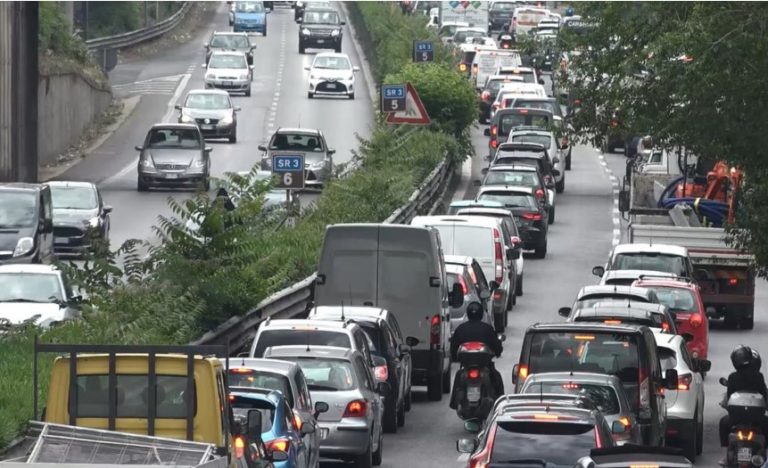INVESTIGATING AIR POLLUTION – Mini Case Study for Climate Detectives
The mini case Studies for Climate Detectives are intended to help teachers identifying the topic that their Climate Detectives team will investigate and to guide them during the different phases of the project. In the template, teachers will find suggestions of different types of data that students could collect and analyse. The suggestions are not exhaustive, and the teachers may decide on their own specific focus within a given research area. The mini case study should be used in conjunction with the teacher guide and not as a standalone document.
This case study is dedicated to the topic of Air Pollution and Climate and students will investigate the links betweens local travel related air pollution and climate change. This mini case study is an ESA Education production in collaboration with ESERO Ireland.
Subject Technology, Science
- Be able to work scientifically by collecting data, making careful observations, looking for patterns and relationships
- Understand the relation between Air Pollution and Climate Change
- Identify the main Air Pollutants
- Understand how Earth observation
satellites can be used to monitor Air Quality
12 – 17 years old
Did you know?
The World Health Organization defined air pollution as: “contamination of the indoor or outdoor environment by any chemical, physical or biological agent that modifies the natural characteristics of the atmosphere. Household combustion devices, motor vehicles, industrial facilities and forest fires are common sources of air pollution”. Air pollutants can be monitored by the satellite Sentinel-5P.

A Passage opens – Arctic sea ice and climate change
Brief description In this set of three activities, students will discover the important role Arctic sea ice plays in the...
The Carbon Cycle
Brief description In this set of three activities, students will learn about the carbon cycle and use it to identify...
Urban Hotspots
Brief description In this set of three activities, students will learn how the built environment leads to the urban heat...


